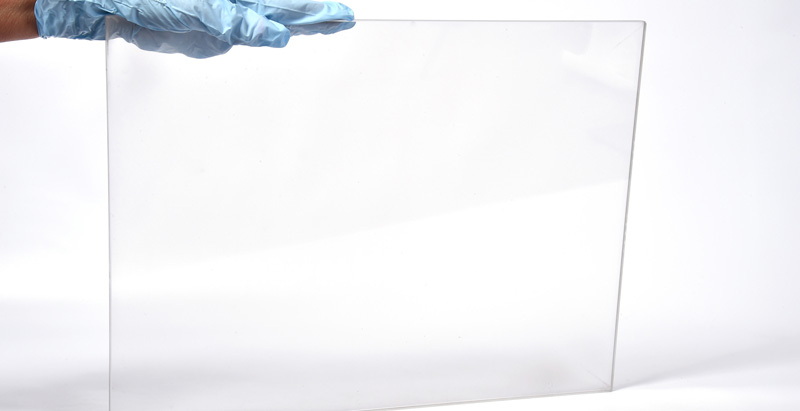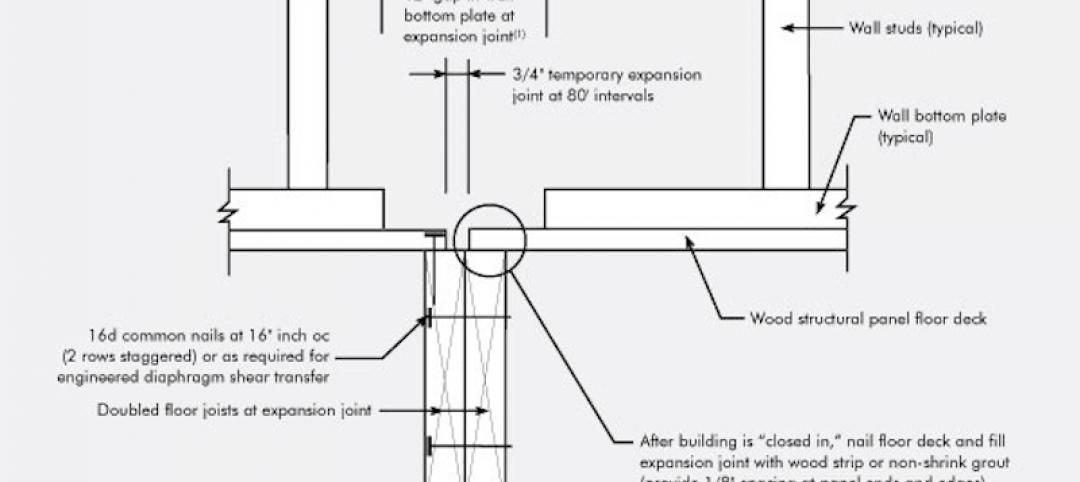As glass curtain wall and floor-to-ceiling windows increasingly become staples in today’s built environment, researchers at the U.S. Naval Research Laboratory developed a stronger alternative to this popular material, TreeHugger reports.
Called Spinel, a press release from the NRL says it is "actually a mineral, it's magnesium aluminate. The advantage is it's so much tougher, stronger, harder than glass. It provides better protection in more hostile environments—so it can withstand sand and rain erosion."
Dr. Jas Sanghera of NRL describes how it is created: "You put the powder in [a hot press], you press it under vacuum, squash this powder together—and if you can do that right, then you can get rid of all the entrapped air, and all of a sudden it comes out of there clear-looking."
According to Glass Canada, architectural uses for the material include glass balconies and glass that is truly fire-resistant.
Related Stories
Building Materials | Dec 2, 2016
These are the top 10 tile trends to keep an eye on in 2017
Design styles such as bits & pieces, gritty chic, and metallics are among the ten tile trends to watch as we enter 2017.
Sponsored | Building Materials | Sep 7, 2016
Peeling Back the Layers: The Case for Monolithic Foam Seals in Expansion Joint Systems.
Sponsored | Building Materials | Aug 22, 2016
Mind the Gap
Temporary Expansion Joints in Large Structures
Building Materials | Jun 16, 2016
ABC: Construction material prices rise again in May
Nonresidential construction price gains were largely driven by iron and steel prices and steel mill product prices.
Green | Jun 2, 2016
USGBC offers new LEED pilot credit: Building Material Human Hazard and Exposure Assessment
For assessing human health-related exposure scenarios for construction products.
Building Materials | Jun 1, 2016
MIT study: Microscopic structure of natural materials can inspire better concrete
Bones and sea sponges are highly organized at the molecular level, while concrete consists of random composites.
Sponsored | Building Materials | May 25, 2016
Materials Manufactured to Move Protect Southwest Energy’s New Office
Codes and Standards | May 20, 2016
Industry leaders call for wider use of bamboo as a building material
Benefits include seismic resiliency and sustainability.














